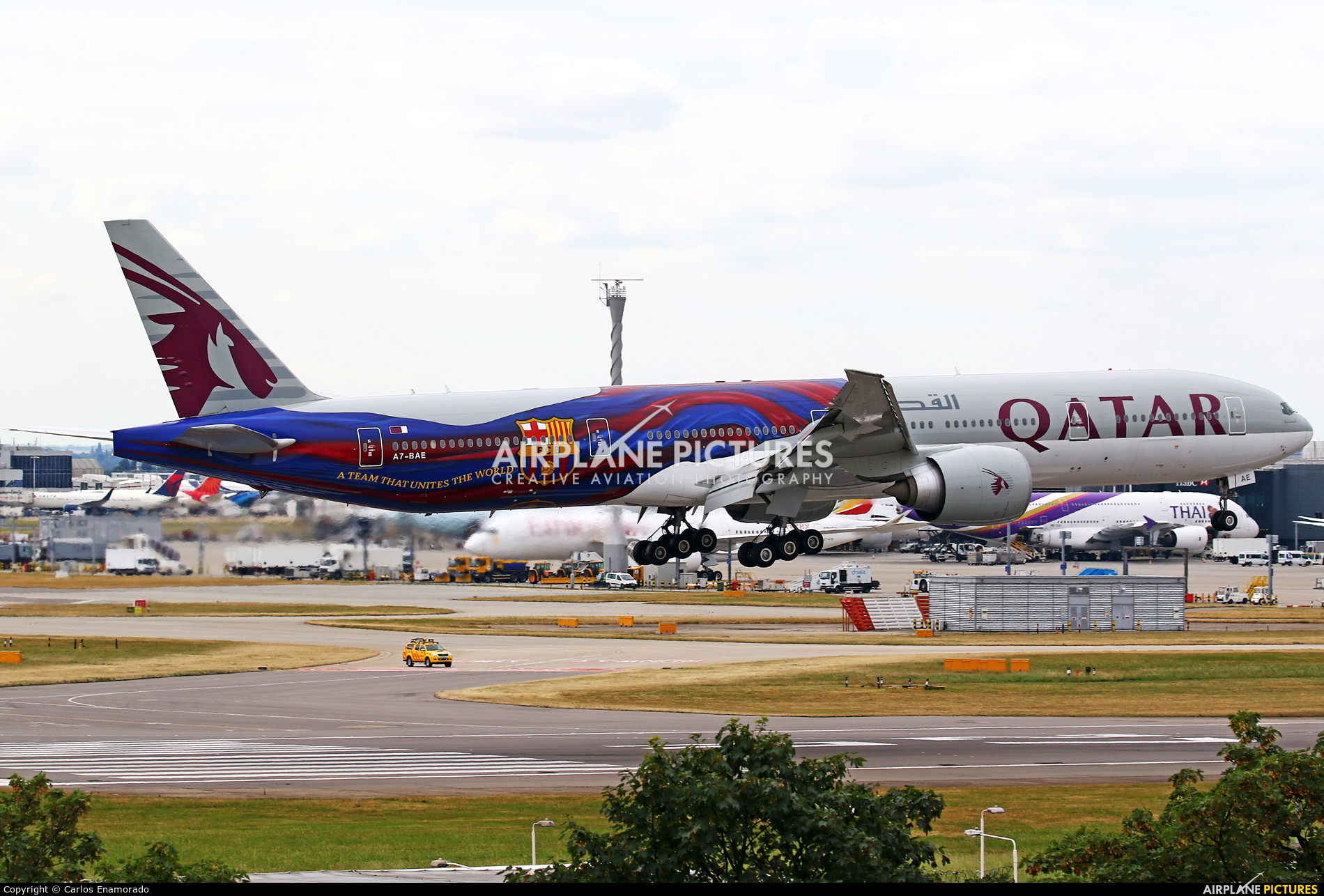
Innovative Passenger Airplane: The Boeing 777-200ER. Avionics: Honeywell Avionics Engine: 2x Pratt and Whitney PW 4090 or Rolls-Royce Trent 895 or GE GE90-94B. The market-leading Boeing 777 is a complete family of fuel-efficient, twin-engine jetliners preferred by passengers and airlines around the world. Boeing continues to grow this family with the recent introduction of the 777-200LR Worldliner and the launch of the new 777 Freighter.
The Boeing Yellowstone Project is a Boeing Commercial Airplanes project to replace its entire civil aircraft portfolio with advanced technology aircraft. New technologies to be introduced include composite aerostructures, more electrical systems (reduction of hydraulic systems), and more fuel-efficient turbofan engines (such as the GEnx and Trent 1000). The term 'Yellowstone' refers to the technologies, while 'Y1' through 'Y3' refer to the actual aircraft.
Boeing's long term plan as of 2005 seemed to involve three aircraft, designated Y1, Y3 and Y3. The Y1 is the 737RS. Boeing was not in a position to develop the Y1 (737RS) yet, due mainly to a lack of new engines. The Y2 is the 787. The Y3 is intended to replace the 777-300ER and the 747-8.
Boeing said it was developing a new single-aisle aircraft made of composite materials to replace the 737, its most popular aircraft ever, and expects strong demand from Middle East airlines. According to the planemaker, Middle East carriers will purchase 383 narrow-bodied planes over the next 19 years. That includes the Boeing 737, its replacement as well as future models that incorporate new engine types that achieve greater fuel effic-iency.

Boeing has begun work on the 737-RS, a research program to build a new aircraft to replace the 737, which carries roughly 170 passengers. By mid-2009 Boeing expected to arrive at a design template for the 737 replacement, with 'notional entry into service' around the year 2015. The technology to create an airplane that could economically obsolete the 737 and Airbus 320 class of airplanes looks to us to be around 2015. The RS studies would draw lessons from the fast-selling Boeing 787 Dreamliner, the first aircraft made of primarily composite materials, making it lighter and more fuel efficient than previous models. A 2-2-2 seating arrangement is referred to within Boeing as 'Fatboy', along with the single aisle 'Little Boy' like the 767/757 twin developments. But as good as 2-2-2 would be for paseenger, it also means one aisle per 3 seats, whereas it would be 1 aisle for 6 seats in the traditional layout.

Boeing 777 Seat Map
If Boeing went about one foot wider on the fuselage, this would allow 18' seats at 3+3 and a 6' wider aisle. This would allow passengers to get by others stopped to load or unload bags from upper bins, as well as allowing people to get past the drink carts so they can access lavatories. It would also allow Boeing to use AKH cargo containers below, could make hand-loading/unloading bags quicker (with more room for the ramp workers to maneuver inside the cargo compartment), and could allow for larger pallets which would help cargo-derived revenues. The challenge is that Boeing ships 737 fuselages by rail from Wichita, and the current cross section maxes out the available rail line clearances.

| Join the GlobalSecurity.org mailing list |